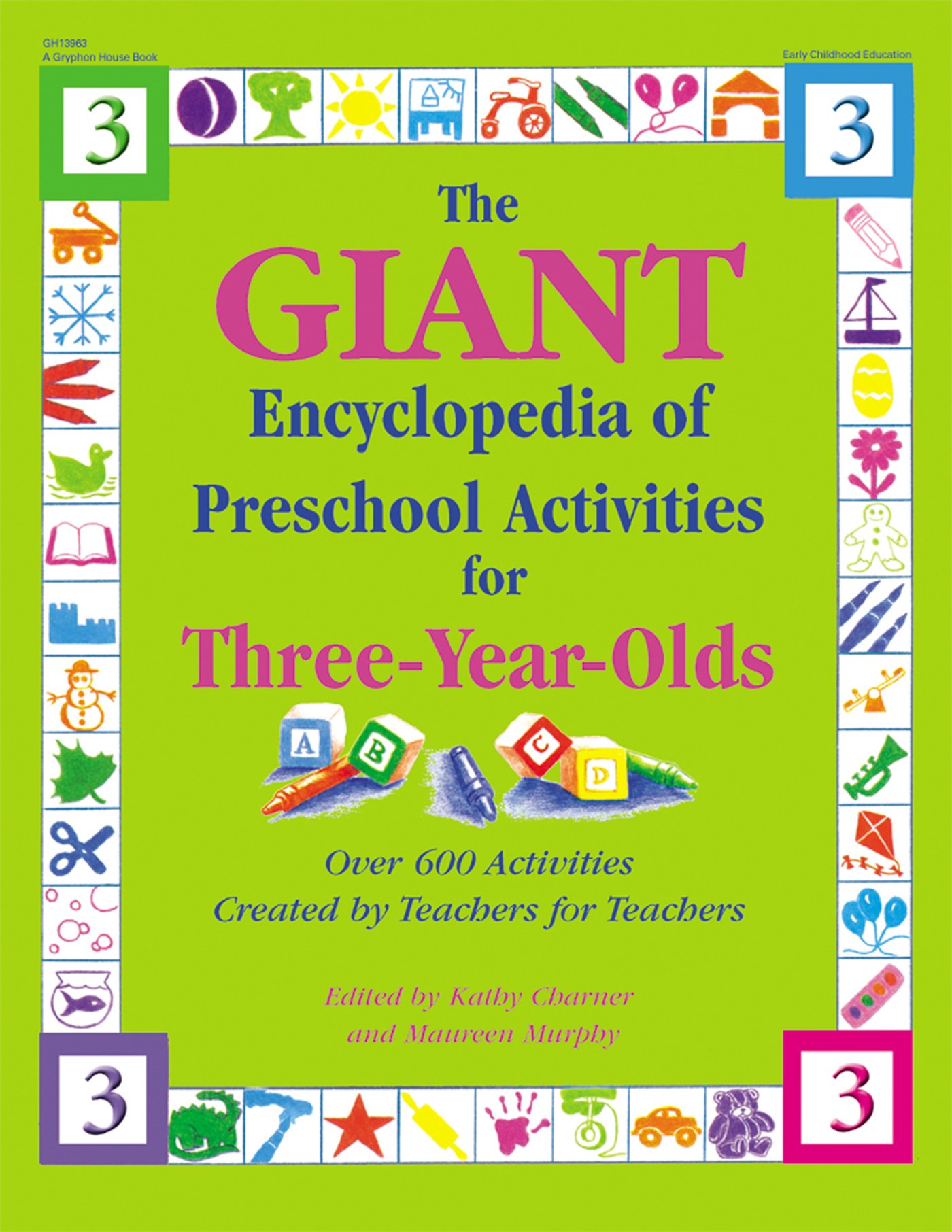Materials
- Let's Find Out What's Big and What's Small by Martha and Charles Shapp
- Tape measure
- Chart paper and marker
- Objects in the room to measure
What to do
1. Read the book to the children. Discuss which family members are bigger or smaller than the children. Which animals are bigger or smaller than they are?
2. Ask the children which objects in the room are bigger than they are (for example, a piano, window, door, and so on) and which items are smaller (for example, chalk, book, paper, and so on).
3. Measure all of the children and record their heights on a piece of chart paper.
4. Measure all of the items in the room that they talked about and compare these to the children's heights.
More to do
- Art: Trace each child's body on a piece of large paper. Encourage the children to color in their shapes. Tape them on a wall and compare heights.
- Math: Ask the children to guess how many blocks high they are. Pile a tower of blocks beside each child. Count as you add each block to the stack. Record the appropriate number of blocks for each child. Ask the children, "Who uses the most blocks and is tallest? Who uses the least amount of blocks?"
-Wendy Pfeffer, Pennington, NJ
Instructions
1. In advance, freeze reusable plastic ice cubes and number the plastic drinking
cups 1-5.
2. Place ice cubes into ice trays. Give each child tongs.
3. Encourage the children to remove the cubes from the tray and put the correct
amount of cubes into each cup. Ask them to count out loud as they place the
ice in each cup.
